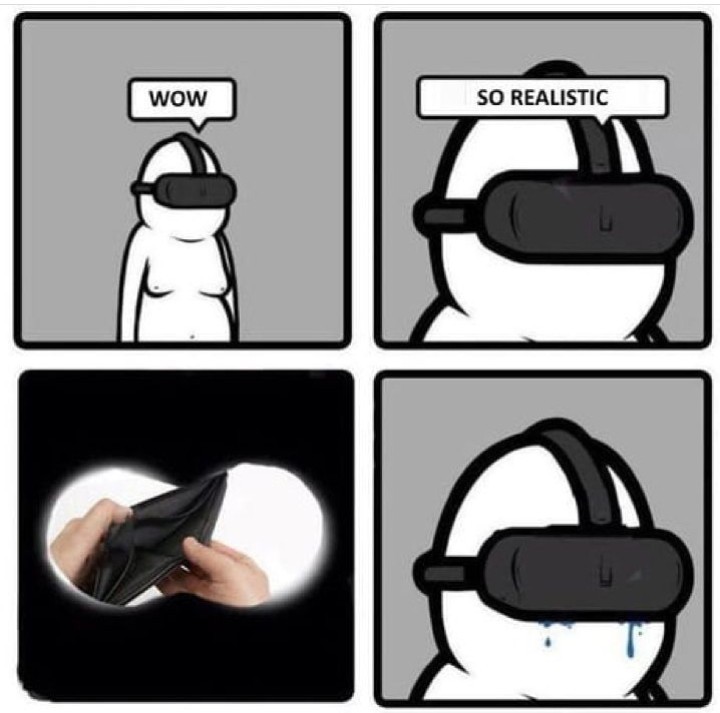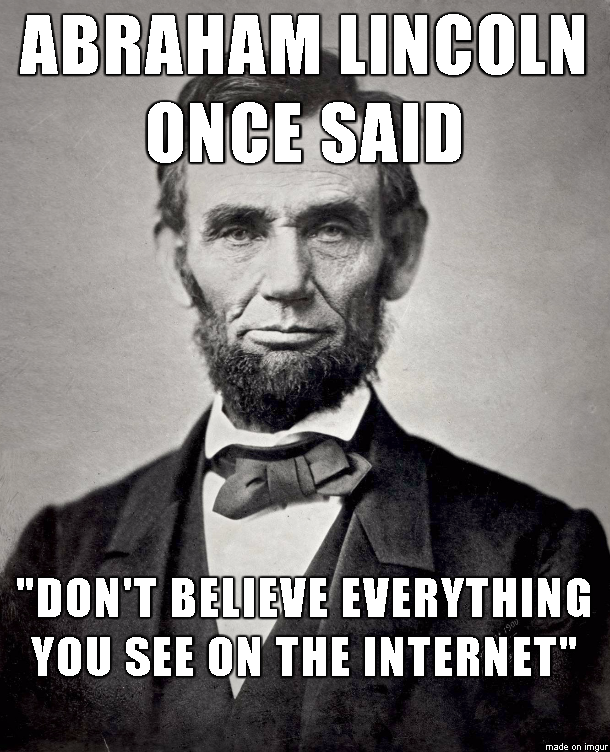
Remediation. Turning something into a mediated content. Richard Grusin, a professor at Georgia Institute of Technology, wrote an essay explaining what remediation is and what involves. He explains that, when we talk about remediation, we consider two key concepts: immediacy and hypermediacy. Immediacy is willing to recreate reality through the erasing of representation. To put it in other words, new media through this concept want to offer a ‘real content’ through a transparent medium. That means that when we see a movie, the usual director’s aim is to make us feel like part of the story, forgetting that we are sitting in front of a screen seeing pieces of juxtaposed frames. 80 years ago, some movies had a narrator, an external voice that guided viewers through the story. Today, if it’s not a specific effect put on purpose, the narrator’s voice is not used anymore. The computer graphic that we use is trying to seem as realistic as possible giving the viewer the digital effect that he needs to understand the message or the scene, without necessarily noticing it. Grusing quotes Leon Battista Alberti, who says: “[O]n the surface on which I am going to paint, I draw a rectangle of whatever size I want, which I regard as an open window through which the subject to be painted is seen.” This metaphor summarizes the willingness within Immediacy of opening a window to a world, when the world is represented as it is, making the window disappear.
To make the medium disappear properly, however, usually, we have added mediated layers through which the content is delivered. Virtual reality, for example, gives you content with the intent of making the console, the screen, and the medium in general disappears. When we play with a videogame that recreates the experience of driving a car, while usually, I would have had my screen with a simple controller, some modern consoles offer a real driving station. In the station, I sit as I would do in a normal car, with a normal steering wheel, with the pedals, with 180° screen, with the visual of a realistic road and the audio I would hear in real life. As I play, I forget that I’m playing a game, and I might think that I am actually driving.

Another example of immediacy can be found in videocalls. I am in a long-distance relationship with a guy who lives in Como. We see each other average twice a month, and for us is very difficult to overcome our missing each other. Something that definitely helps us are videocalls. When I chat with him, I feel distant. I am communicating with him only trough a logical perspective. I am saying what I want to say, he says me what he wants to say, but I don’t know what his tone is, the context in which he is saying what he says, the emotion he feels, the moment in which he writes me, etc. Nine years ago, this would have been one of the most direct and real-time ways of communicating with someone else, but today, we want more, we want more levels. When I chat with him, he feels distant. He IS distant.
Here is where video calls came in. By adding mediated layers, the content delivered seems much nearer and more real. Through video calls I can hear him, see him, talk to him, see his expression, his reactions, hear the sounds coming through his room, or his house, I can see where he is, what he is doing, etc, and he can do the same with me. With all those added layers, we feel much nearer to each other. Sometimes, while we video call, I also lay myself in bed, hugging a pillow. If he had been in Rome recently, the pillow maintains his smell too, and I almost feel he’s there with me. More layer we have, and more connected to reality I feel, forgetting that I am actually alone in a bed, hugging a bag full of cotton while talking at a small metal black box.

Hypermediacy, on the other hand, is the concept of giving the viewer multiples windows, with multiples contents, at the same time, bringing the interface at the center of attention. While with immediacy the interface would have been transparent, here is the main center of all our interests. With hypermediated contents, we can have text, audio, images, animations, videos, all in ones. A simple example of a Hypermediated interface would be the home page of an online newspaper agency.

On the same homepage, we have an ad, breaking news, cinema advice, sports news, war videos, cooking recipes, etc. While with immediacy, the intent was letting the medium disappear and making the content seem realistic, with hypermedia the main aim is to give the audience anything they might want at the same time. The audience might want to navigate the interface for the multiplicity of content. Another example of hypermedia is children’s books. Children’s books are filled with text, images, buttons that make recorded audios to playback, fur, strange materials, smells, etc. Everything is put there to make the child who is reading interacting with everything, not only reading the book but experiencing it. According to Grusin, indeed, with multiple acts of representation, we reproduce a rich sensorium experience.

The main aim of social media is making users stay online as long as possible. They do that through the process of hypermediation. We have so many things to watch, listen, read, feel, that we might end up staying scrolling on our Instagram homepage for even three or four hours.

Social media are so hypermediated that we just keep going through one meme to another, one post to another, one video to another, for hours and hours… yup, you did it.
In the end, the aim of remediation remains the same, even if Immediacy and Hypermediacy seem the same: their main goal is to recreate an experience. On one hand, the remediation is focused on a simulation that makes the interface to disappear, making us focus on the experience; on the other, the interface browsing itself becomes the main experiences, where contents are just the main ingredients.









